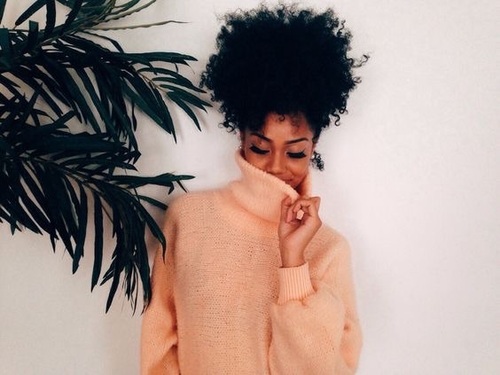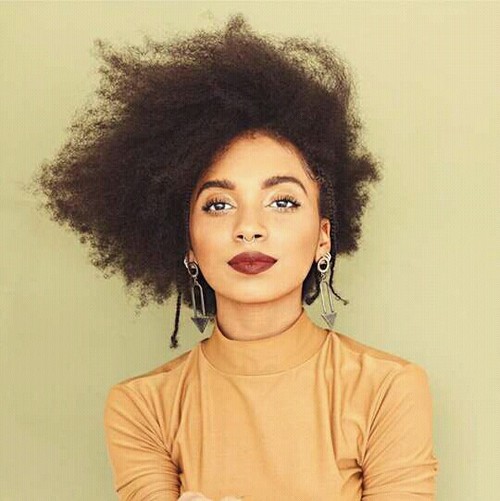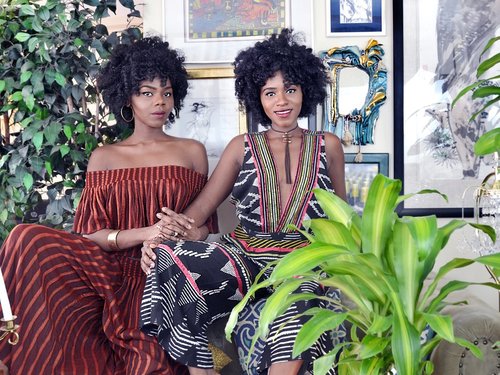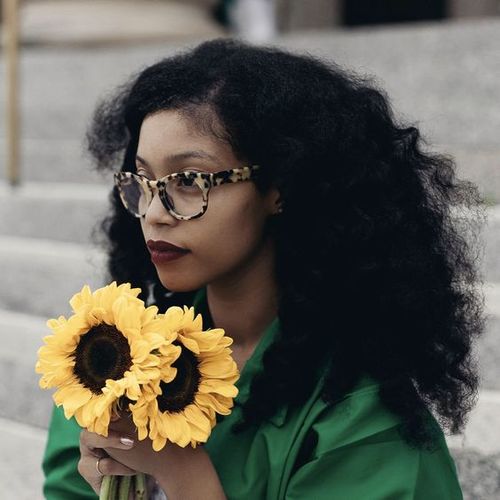Q: What products are needed?
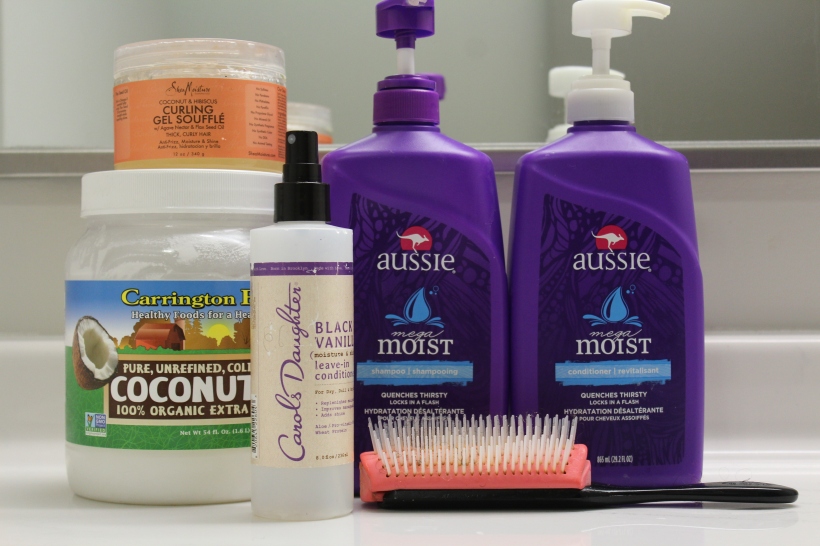
Q: Why are these products needed?
A: Shampoo is to remove built up residue. The conditioner is to moisturize. The brush is to detangle. The spray is a leave-in conditioner for all day moisture. The oil is to lock in the moisture and the curl definer is to give the hairstyle a lot of definition.
Q: What’s next?
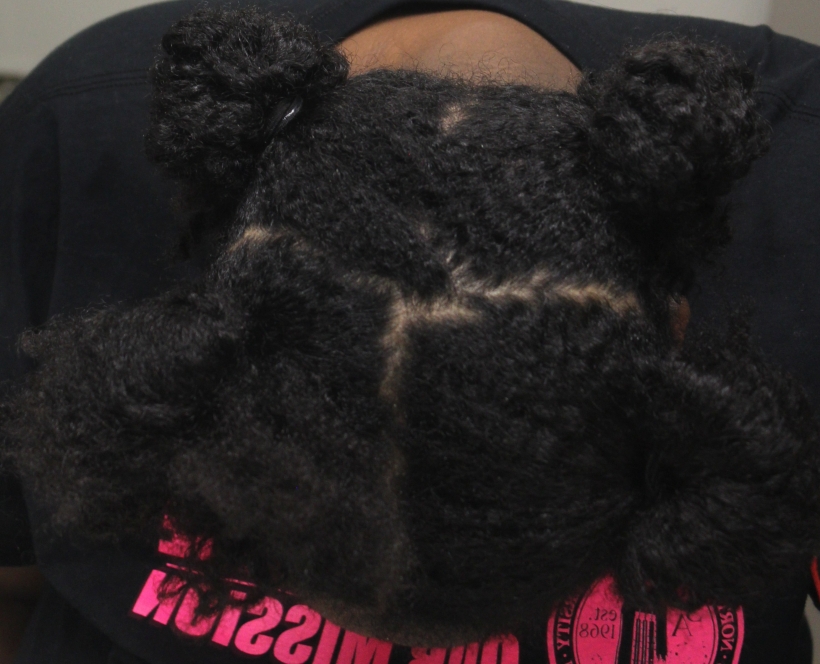
Q: Do the 4 sections really make it easier?
A: Depending on your porosity, you may use fewer sections or more. I prefer 6 sections. 4 is used when I can’t find ponytail holders.
Q: The porosity?
A: Yes, how much water and moisture my hair can hold. With four sections it may feel like my hair is all soaked but once I go to finger comb it, I’ll realize that there are still areas of my hair that are completely dry and untouched by water or product.
Q: Do you apply the product on in sections, as well?
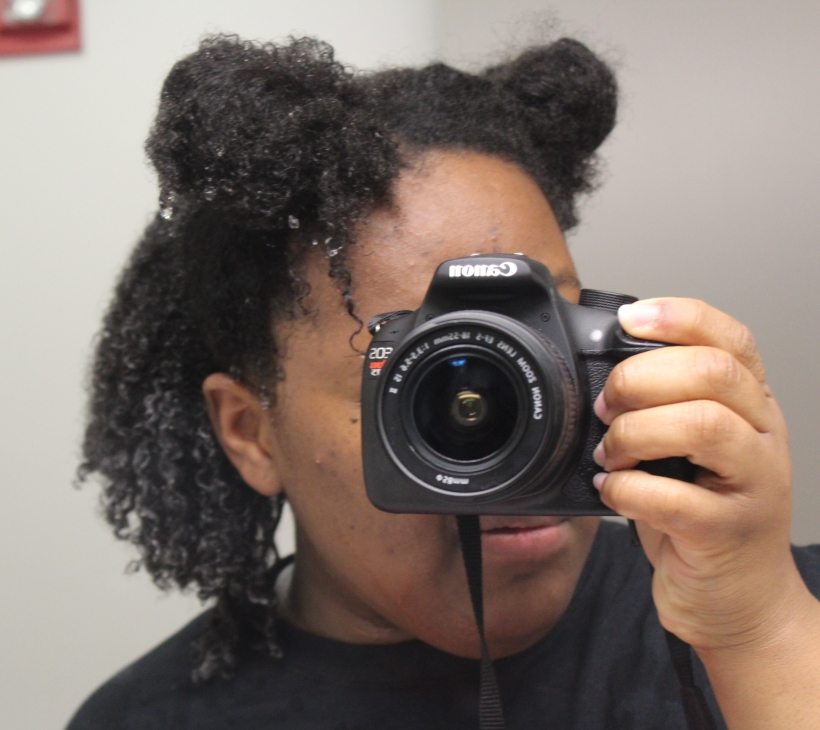
A: It’s best to go section by section. putting the hair back up as you’ve finished a section until you’re ready to style it.
Q: Do you apply the product in a sequence per section or do you go all shampoo first, all conditioner, etc…?
A: All shampoo, All conditioner… lol, if I tried to finish a section before starting a section then it would end up just being a waste of time.
Q: How much product do you use?
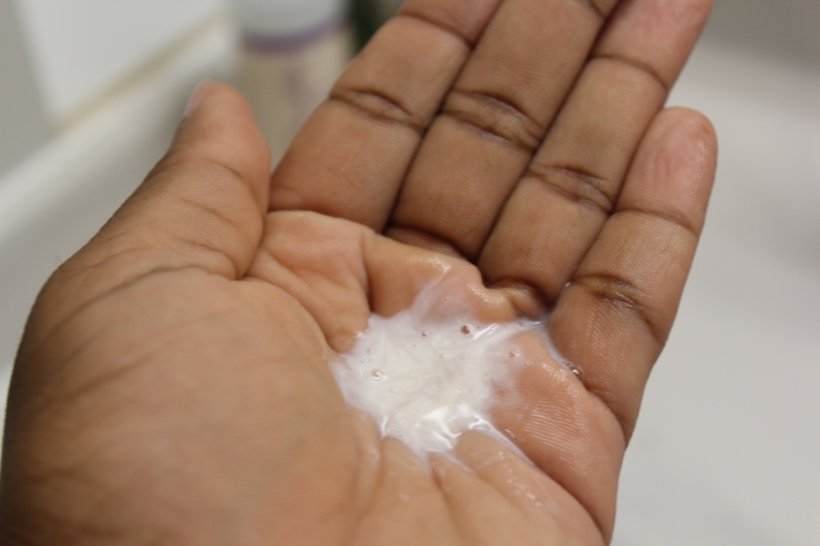
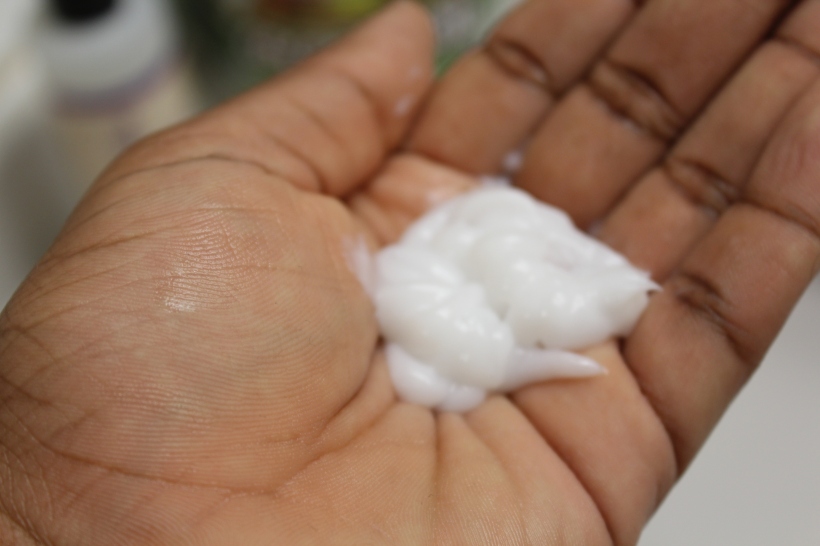
Q: Per section? Is that not a lot?
A: No, like I said earlier, my hair takes a while to absorb any product and if I use any other amount, I’ll discover that I missed a spot or two.
You can ask any curly hair person. We buy 3 conditioners for every 1 shampoo.
Q: What is the order in which you apply product?
A: Shampoo, conditioner, and then the LOC Method. Leave-in, Oil, and Curl Definer or Cream.
Q: When do you detangle?
A: I detangle while there is conditioner in and then later again after I put oil in my hair.
Q: What type of brush is that?
A: World’s best brush. I’m kidding, sort of, it’s a Denman brush and they specialize in products for curly hair. As a curly hair person, we’re supposed to brush from bottom to top but the Denman allows me to do both easily. I discovered it when I transitioned. I could comb straight through my curly hair, my wavy hair and my straight hair because I had 3 different textures at the time.
Q: After you detangle, what’s next?
A: Freedom! Just kidding. Once all sections have product, I usually do a flat twist and put a wig on. I don’t do it right away though, My hair takes 3-4 hours to dry because I don’t use heat from a diffuser and just let it air dry.
Q: 4 hours? So how long does the whole process take?
A: It’s called “Wash Day” for a reason. It can go all day honestly. I choose the quickest style I know and it still takes about 7 hours of my day total.
